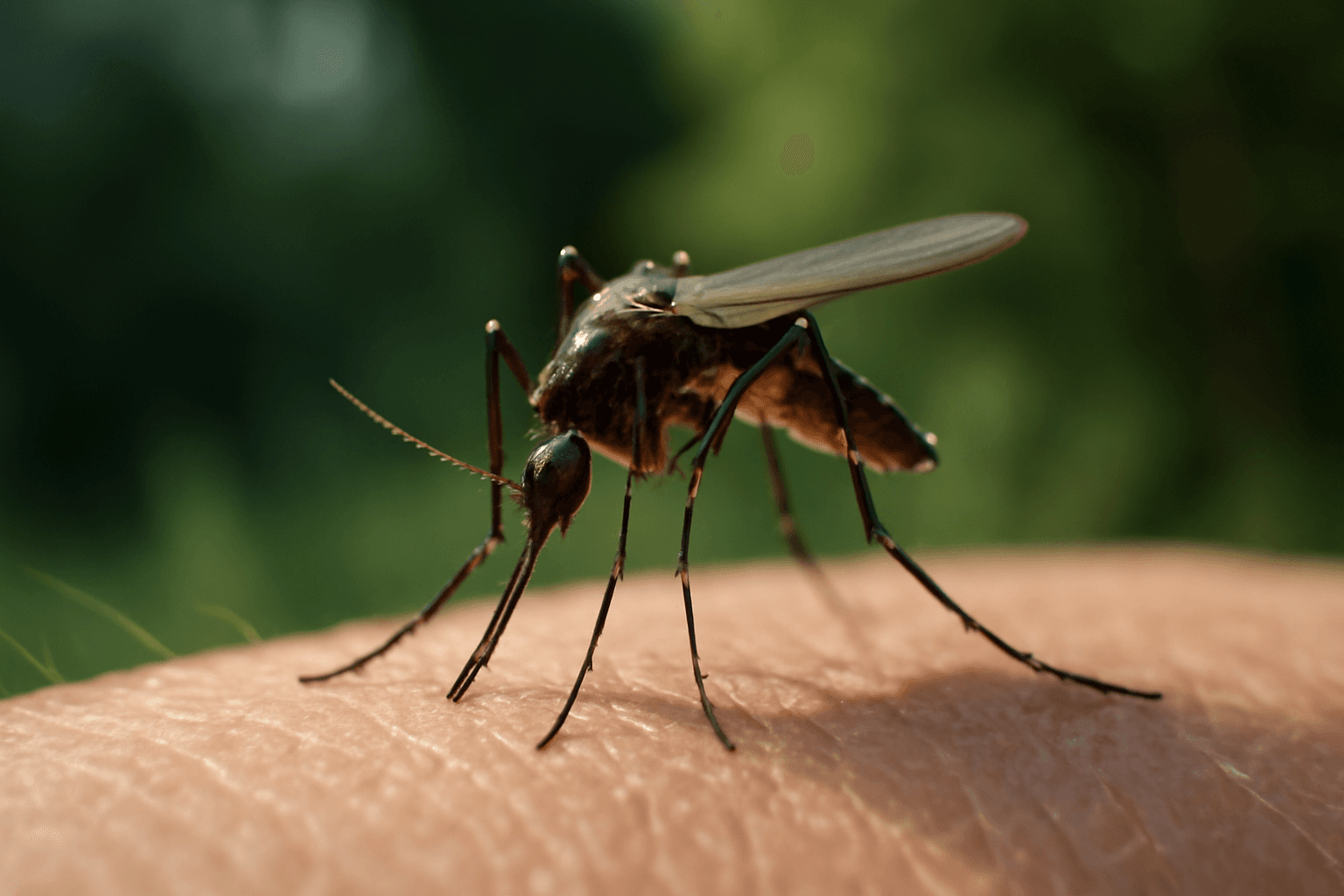Climate Stress During Pregnancy and Its Lasting Impact on Children's Brains
New research reveals that exposure to climate-related disasters while pregnant may have lasting effects on the brain development of children born afterward. These findings underline how extreme environmental stressors can leave a mark on the next generation, even before birth.
The Lingering Effects of Superstorm Sandy on Brain Development
While climate disasters like storms and heatwaves are known for causing immediate destruction—such as power outages and displacement—their consequences can extend far beyond the event itself. A recent study focusing on the aftermath of Superstorm Sandy, which battered the New York City metro area in 2012, shows that children exposed in utero to such climate stressors exhibit notable brain changes years later.
The study analyzed brain imaging data from 34 children around the age of eight. Of these, 11 had mothers who were pregnant during Superstorm Sandy. Researchers found a significant enlargement of parts of the basal ganglia—a brain region involved in emotional regulation and behavioral control—by up to 6% larger compared to children unexposed in utero. This alteration is believed to carry potential behavioral implications.
Why Does This Matter?
The disruption caused by Superstorm Sandy displaced more than 23,000 people and caused power outages lasting days to weeks. Pregnant individuals living through such intense stress may inadvertently impact the neurodevelopment of their babies.
These insights emphasize that children born during or after climate crises carry subtle biological footprints of these events. They also reinforce the urgent need to educate and support pregnant people about climate-related health risks.
Understanding Climate Stress and Pregnancy
It’s well-established that general stress during pregnancy can influence fetal brain development, but natural disasters introduce a distinct and complex form of stress. Prior investigations, like studies on a 1998 Canadian ice storm, have linked prenatal disaster stress to long-term impacts on children’s temperament and cognitive function.
Superstorm Sandy’s extensive damage—leading to numerous fatalities and billions in losses—provided unique conditions to explore these effects. Pregnant storm evacuees at a college shelter experienced heightened anxiety and displacement, highlighting real-world examples of prenatal climate stress.
The Basal Ganglia: A Key Player in Behavioral Outcomes
The basal ganglia’s involvement in emotional and behavioral regulation means alterations in this region may underpin challenges such as depression and autism spectrum disorders. Although the exact daily impact of the observed brain changes remains to be fully understood, experts warn these could manifest as behavioral difficulties later in life.
Interestingly, among a smaller group of seven children whose prenatal exposure combined Superstorm Sandy with extreme heat, the brain changes were even more complex. One area within the basal ganglia showed enlargement, while another shrank, possibly reflecting a compensatory mechanism common following brain injury.
Study Limitations and the Path Forward
The study's sample size was relatively small—partly due to the high cost of brain imaging and recruitment challenges during the COVID-19 pandemic. Despite this, the study offers critical early evidence linking prenatal climate exposure to brain development.
- Experts emphasize the need for larger, more diverse cohorts to deepen understanding.
- The interplay of climate stressors like heat and air pollution alongside disasters warrants further exploration.
- Other variables, such as genetic factors and socioeconomic status, must be accounted for to confirm causality.
A larger follow-up study, currently underway with around 80 participants, aims to build on these initial findings. However, researchers chose to share these preliminary results now to raise public awareness of the risks pregnant individuals face amid our changing climate.
Protecting Future Generations from Climate's Silent Legacy
Ultimately, this research shines a light on a previously underexplored chapter in climate change’s impact on human health. It calls for proactive strategies to shield pregnant people from environmental stressors and supports informed policies that incorporate prenatal health into climate resilience plans.
As climate events grow more frequent and intense, understanding and mitigating their ripple effects on children's brains is not just a medical issue—it’s a societal imperative.



















